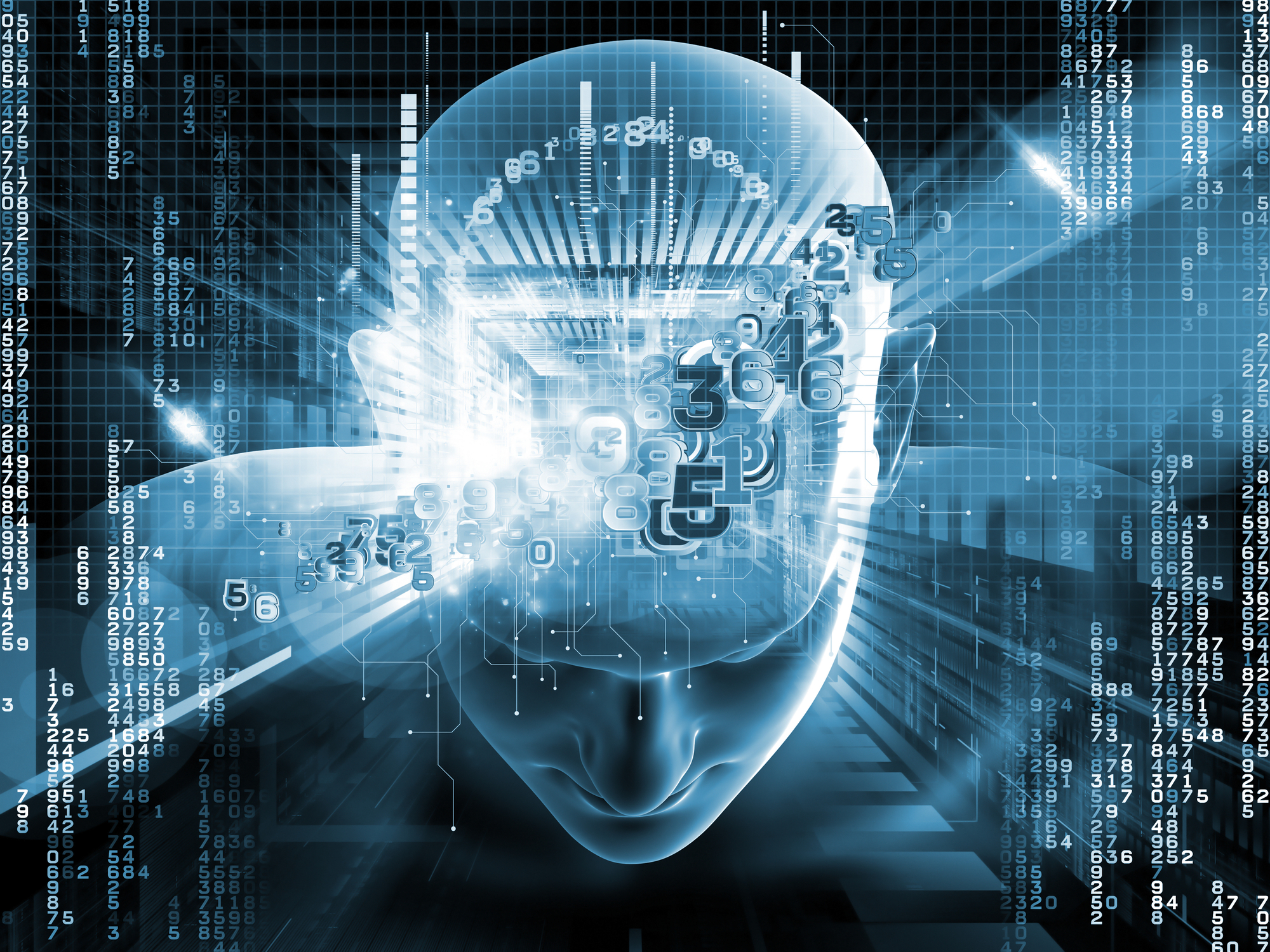Physical Address
304 North Cardinal St.
Dorchester Center, MA 02124
Physical Address
304 North Cardinal St.
Dorchester Center, MA 02124

Artificial intelligence (AI) has been a buzzword for years, with many people wondering if it will eventually take over the world. While there are certainly concerns around AI, much of what we hear is just fiction. As Stoic philosopher Epictetus wrote, “It’s not what happens to you, but how you react to it that matters.” In this article, we’ll separate fact from fiction, explore the potential opportunities AI presents, and examine how Stoic philosophy can help us navigate this rapidly evolving technology.
The idea of AI taking over the world is a popular myth that has been perpetuated by science fiction movies and other forms of popular media. However, as Stoic philosopher Marcus Aurelius wrote, “Our life is what our thoughts make it.” This quote is particularly relevant when we consider the notion of AI taking over the world because it highlights the power of our thoughts and the way in which they shape our perception of reality.
In reality, AI is a tool created by humans to serve humans, not to rule over us. AI is only as good as the data it is trained on, and it lacks the creativity and emotional intelligence of humans. While AI can perform certain tasks better than humans, it is unlikely to fully replace them anytime soon. This is because AI is fundamentally different from humans, and there are certain tasks that it will never be able to perform as well as a human.
However, it’s worth noting that AI does have the potential to threaten some jobs, particularly white-collar ones, as experts have pointed out in this Article by Business Insider. But this doesn’t mean that AI will take over the world or that we should be afraid of it. Instead, we should focus on how we can use AI to benefit humanity while also ensuring that those who are negatively impacted by its implementation are provided with the support and resources they need to transition to new roles or careers.
Ultimately, we should focus on the reality that AI is a tool designed by humans, and its potential applications for the benefit of mankind are endless.
As we look to the future, it’s clear that AI has enormous potential to transform countless industries. From graphic design to lead generation to data analysis, AI is already being used to automate and streamline many aspects of work that were once done by humans. And as new AI technologies continue to emerge, we can expect to see even more exciting applications in the years to come.
As Seneca wisely noted, “Luck is what happens when preparation meets opportunity.” If we want to be part of the AI revolution and reap its many benefits, we must be prepared to learn how to use these new technologies and to adapt to the changing landscape of work. We can start by exploring the many ways in which AI is already being used in our respective fields, and then thinking creatively about how we can leverage these tools to improve our own work.
For example, graphic designers can use AI to automate repetitive tasks such as resizing images or creating color palettes, freeing up more time for creative work. In the realm of lead generation, AI can help identify potential customers and create more targeted marketing campaigns. And for data analysts, AI can provide powerful tools for processing and analyzing large datasets, uncovering insights that might otherwise go unnoticed.
Of course, as with any new technology, there are potential downsides to be aware of as well. For example, there are concerns about the impact of AI on jobs, particularly in fields such as manufacturing and transportation. However, by embracing AI and using it responsibly, we can help ensure that its benefits are shared by all members of society. By learning how to use AI effectively and thinking creatively about its potential, we can help create a better future for ourselves and for future generations.
It’s important to recognize that while AI has its strengths, it also has its limitations. AI is only as smart as the data it is trained on, and it cannot think abstractly or outside the parameters of its programming. This means that AI can only make decisions based on the information it has been given and cannot interpret situations in the same way that humans can.
Additionally, AI lacks emotional intelligence and creativity, which are essential components of the human experience. Therefore, while AI can be a powerful tool, it should not be viewed as a replacement for human intelligence or creativity.
Instead, we should work to develop AI technologies in ways that augment and enhance human abilities, rather than replace them.
The Stoic Approach to AI involves recognizing the potential of AI while being mindful of its limitations and the risks that come with its development. By focusing on responsible use and societal benefits, we can avoid the dangers of AI and harness its potential for good. The Stoic philosophy encourages us to approach the challenges of AI with a level head and a focus on self-improvement, rather than fear and resistance. Ultimately, by embracing the potential of AI and understanding its limitations, we can use it to shape a better future for society.
In conclusion, AI is not going to take over the world, but it is going to change it. By separating fact from fiction, embracing its potential, understanding its limitations, and developing it responsibly, we can create a brighter future for ourselves and for society. As Stoic philosopher Seneca wrote, “It is not that we have a short time to live, but that we waste a lot of it.” By embracing AI and using it to solve real-world problems, we can make the most of our time on this planet.